For years, many companies involved in welding and other metalworking operations have exhausted fumes and dust outside.
The U.S. Environmental Protection Agency (EPA) enacted Rule 6x regulation for managing hazardous air pollution in welding, which is slowly changing that practice.
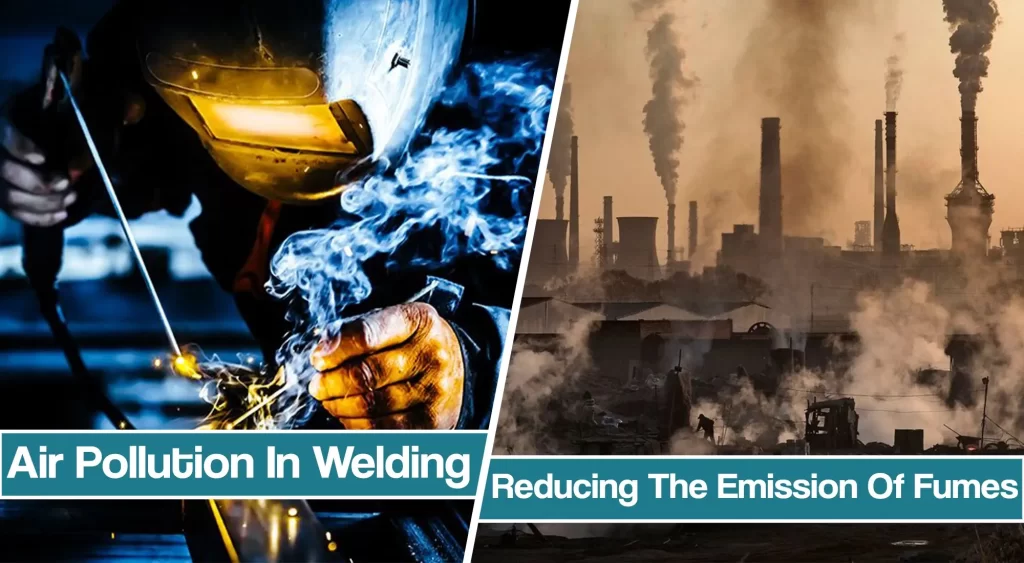
Here is a summary of the impact of EPA Rule 6x, how to determine whether your welding of metal fabrication operation is impacted, the actions that you may be required to take, and control strategies in reducing hazardous welding fumes and air pollutants.
Development of air emission standards in Welding and Metal Fabrication
The 1990 Clean Air Act required the EPA to develop air emission standards for a list of 187 hazardous air pollutants (HAPs). The standards are enforced to reduce exposure to HAPs because the chemicals are known to cause cancer or other serious health effects, such as birth defects.
The EPA introduced its National Emission Standard for Hazardous Air Pollutants (NESHAP) in 2008. Within this standard are the HAPs that apply to the metal fabrication industries – known as Metal Finishing Hazardous Air Pollutants or MFHAPs.
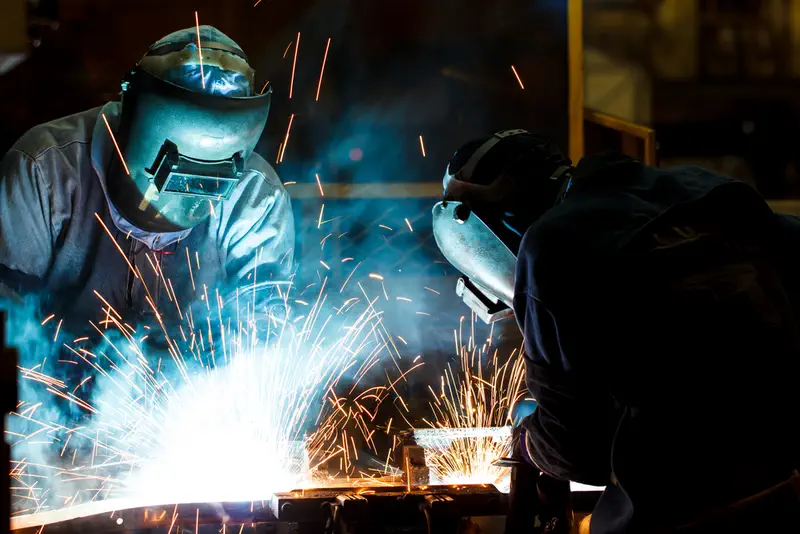
These are defined as materials that contain 0.1% by weight of cadmium, chromium, lead, or nickel; or 1.0% by weight of manganese. Manganese is the material of widest concern to the welding industry, as it is virtually a universal component of welding wire.
Air Pollution in Welding – Who Is Affected By Rule 6x?
How do you know if your welding operation is using these materials?
As a starting point, consult the Manufacturing Safety Data Sheets (MSDS) for the base materials that you are using – e.g. welding rod, welding wire, etc.
A standard MSDS will list hazardous ingredients in Section 2. If, for example, the material is shown to contain <2.50 percent manganese by weight, the material is subject to the NESHAP 6x rule.
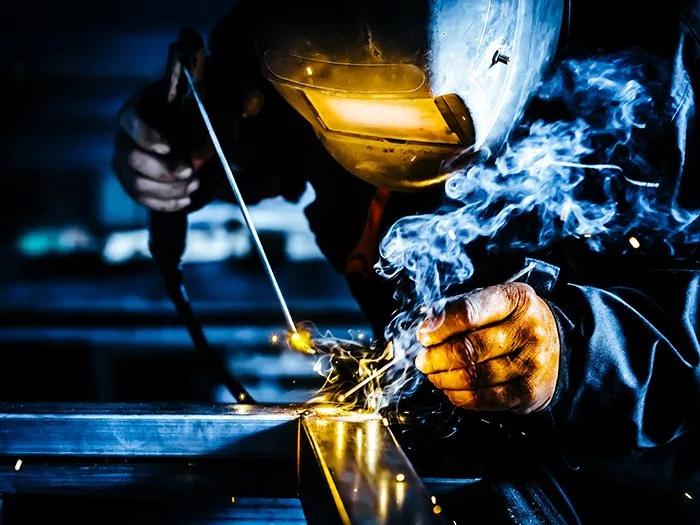
The rule applies to companies that are primarily engaged (defined as 50 percent or more of total labor) in one or more of the following categories:
- electrical and electronic equipment finishing,
- fabricated metal products, fabricated plate work (boiler shops),
- fabricated structural metal manufacturing,
- heating equipment (except electric),
- industrial machinery and equipment finishing,
- iron and steel forging,
- primary metal products manufacturing, and
- valve and pipe fittings.
Operations that are impacted by the rule cover eight processes: dry abrasive blasting (three types), dry grinding, dry polishing with machines, dry machining, spray painting (two types) – and last but not least, welding.
Exceptions to the rule include military installations; NASA facilities; national nuclear security facilities; military munitions facilities; research or laboratories as defined in the Clean Air Act; tool, quality control and equipment repair facilities; and welding facilities using less than 2,000 lbs. of rod or wire that does not contain any identified HAPs (per the MSDS).
Your metal fabrication or welding shop is likely to be impacted if you:
- (a) are in one of the industry categories listed above;
- (b) are primarily engaged in one of the processes identified above;
- (c) exhaust the air straight outdoors; and
- (d) fail an EPA Method 22 Fugitive Emission test.
Method 22, which is conducted to provide a visual determination of fugitive emissions from material sources, is performed by a trained observer who monitors an exhaust stack during a 15-minute timed test. If opacity – defined as the quality of a particle that makes it impervious to light – is observed during 20 percent or more of the test (i.e., three minutes), then Rule 6x applies. Involvement of an environmental engineering consultant is recommended to conduct the Method 22 test and provide third-party confirmation of whether a facility is in compliance.
Required Actions For Compliance
NESHAP Rule 6x went into effect on July 25, 2011 – i.e., existing facilities not in compliance were expected to notify the EPA by that date.
What experience has shown, however, is that many companies remain unaware of the deadline and the rule itself, especially smaller facilities that do not have a dedicated EHS specialist on staff.
The new rule is especially applicable to welding shops, it is in force now, and everyone engaged in welding should be aware of the rule and the steps required of them to comply with it.
As noted, welding processes use manganese, a hazardous substance associated with birth defects. Some welding shops rely on standard HVAC filtration to clean the air, exhausting welding fumes out to the atmosphere in potential violation of the new EPA requirement.
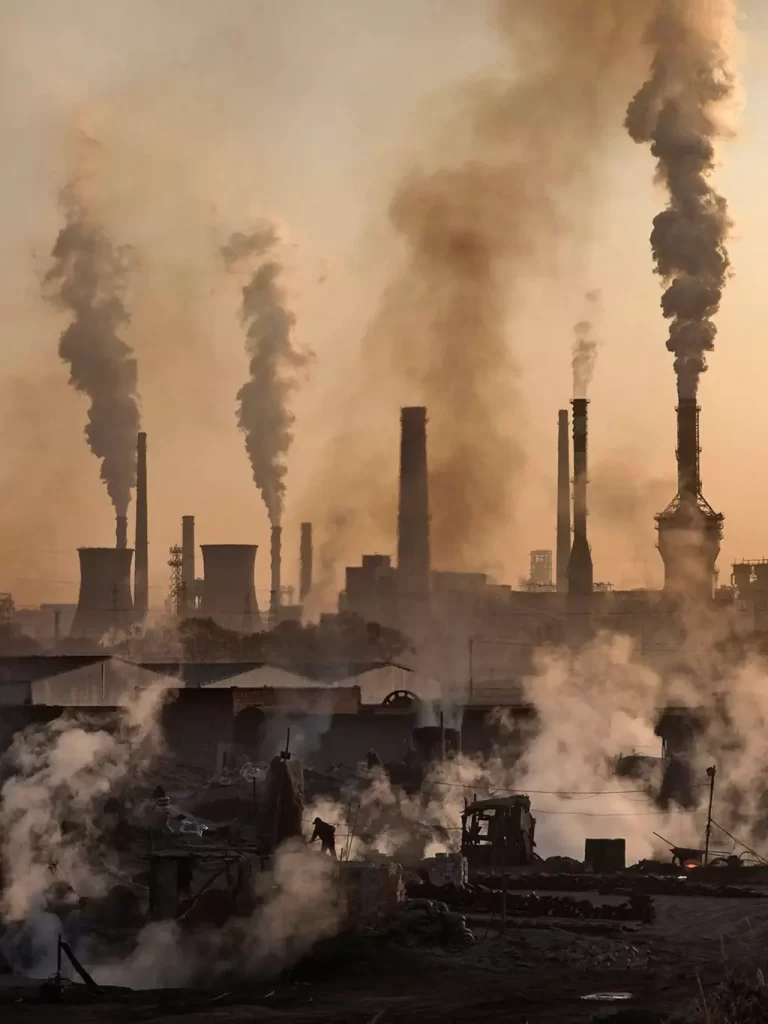
Still, other facilities simply open the shop door when welding fumes build up inside, with the same result. Even dedicated dust and welding fume collection system may be in violation of the rule if it exhausts air outside and is older and/or not properly designed to handle the current fume extraction processes.
What actions are necessary if Rule 6x applies and a company has failed the Method 22 test?
- 1. Notify the EPA
- 2. “Tier 1” response: Change the process to eliminate the HAP. This might be accomplished by experimenting with different materials and/or different settings to reduce air pollution in welding emissions. Whatever changes are made, equipment must always be operated in accordance with the manufacturer’s instructions.
- 3. Conduct another Method 22 Emissions test
- 4. “Tier 2” response: If the second test fails, “Corrective action must take place immediately after the failed Method 22 test,” per the Federal Register, page 42985, Welding compliance, Tier 2.
The Role Of Cartridge Dust And Welding Fume Collection
One corrective strategy that offers multiple benefits is to use a dust and welding fume collector with high-efficiency cartridge filtration. EPA identifies cartridge filtration as an acceptable control device to eliminate visible emissions, and in many cases, it will be the solution of choice.
A well-designed cartridge system will filter welding fumes and other hazardous contaminants properly, and the filtered air can be either recirculated back into the plant or exhausted outside.
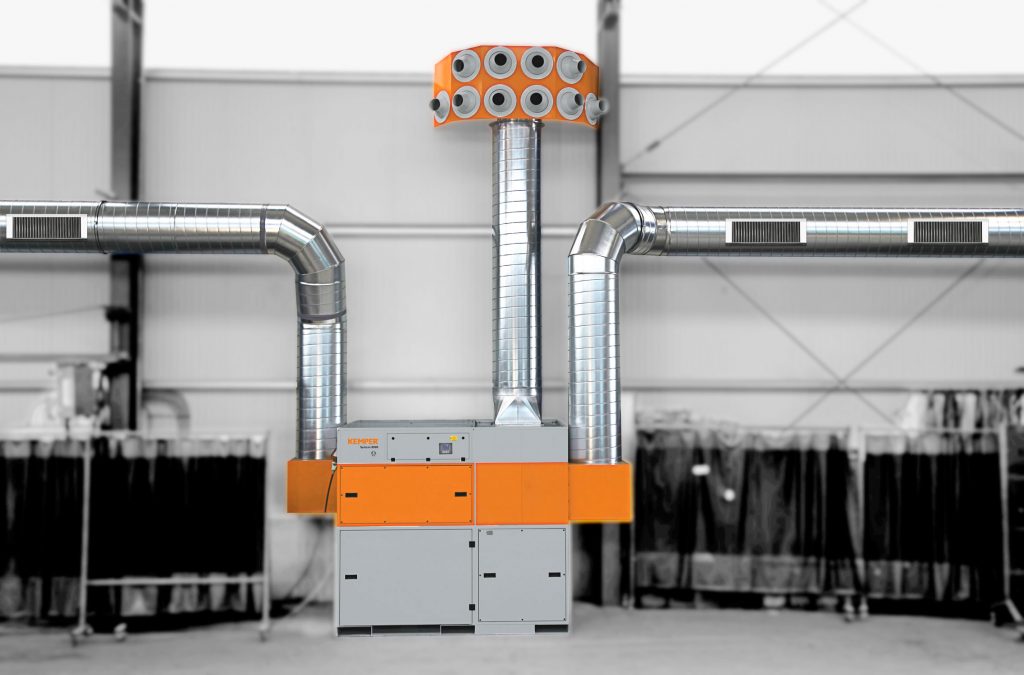
These systems use self-cleaning mechanisms that pulse dirt off the filters, allowing units to run for extended periods between filter change-outs.
If you decide to recirculate the filtered air instead of exhausting it outside, the EPA NESHAP requirement no longer applies; but, the indoor air still must comply with OSHA permissible exposure limits (PELs). The collector also may require safety-monitoring filters (also called after-filters) for added filtration and backup protection.
Air recirculation is the single best way to maximize return on investment with a dust collector. By recirculating heated or cooled air back through the welding shop instead of venting it outdoors, the cost to replace that conditioned air is eliminated. Many operations report five- to six-figure annual energy savings as well as additional savings from earned utility rebates and incentives.
Whether or not a company opts for a recirculating system, high-efficiency dust and welding fume collector can significantly reduce or nearly eliminate employee exposure to welding chemicals. The result is a cleaner and greener work environment that safeguards employee health, comfort and morale, boosts productivity, and enhances manufacturing reliability.




